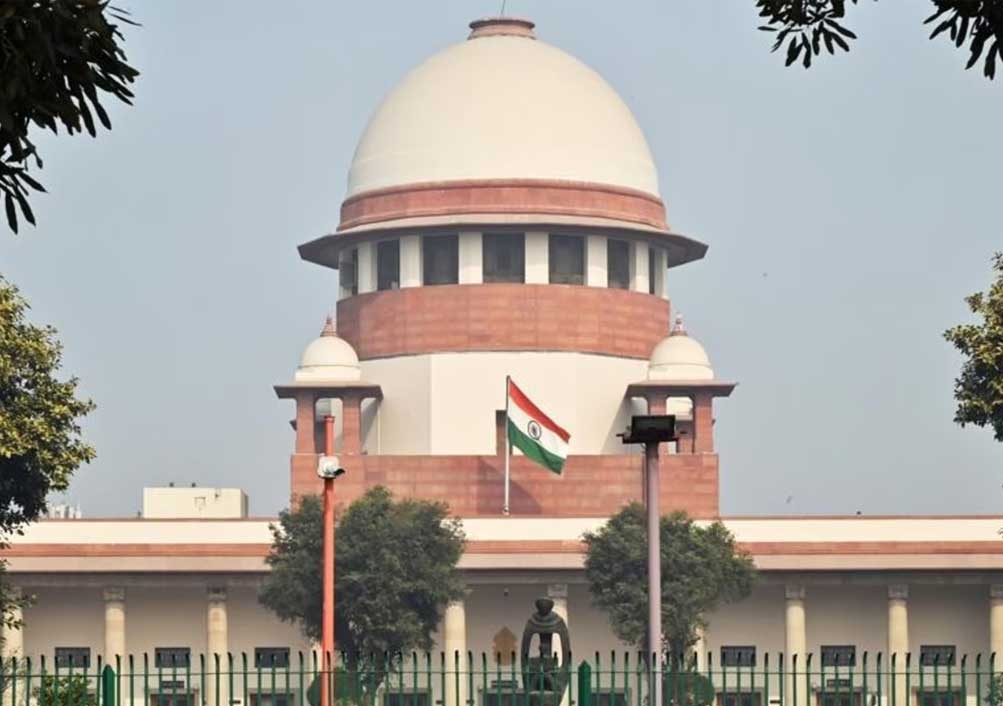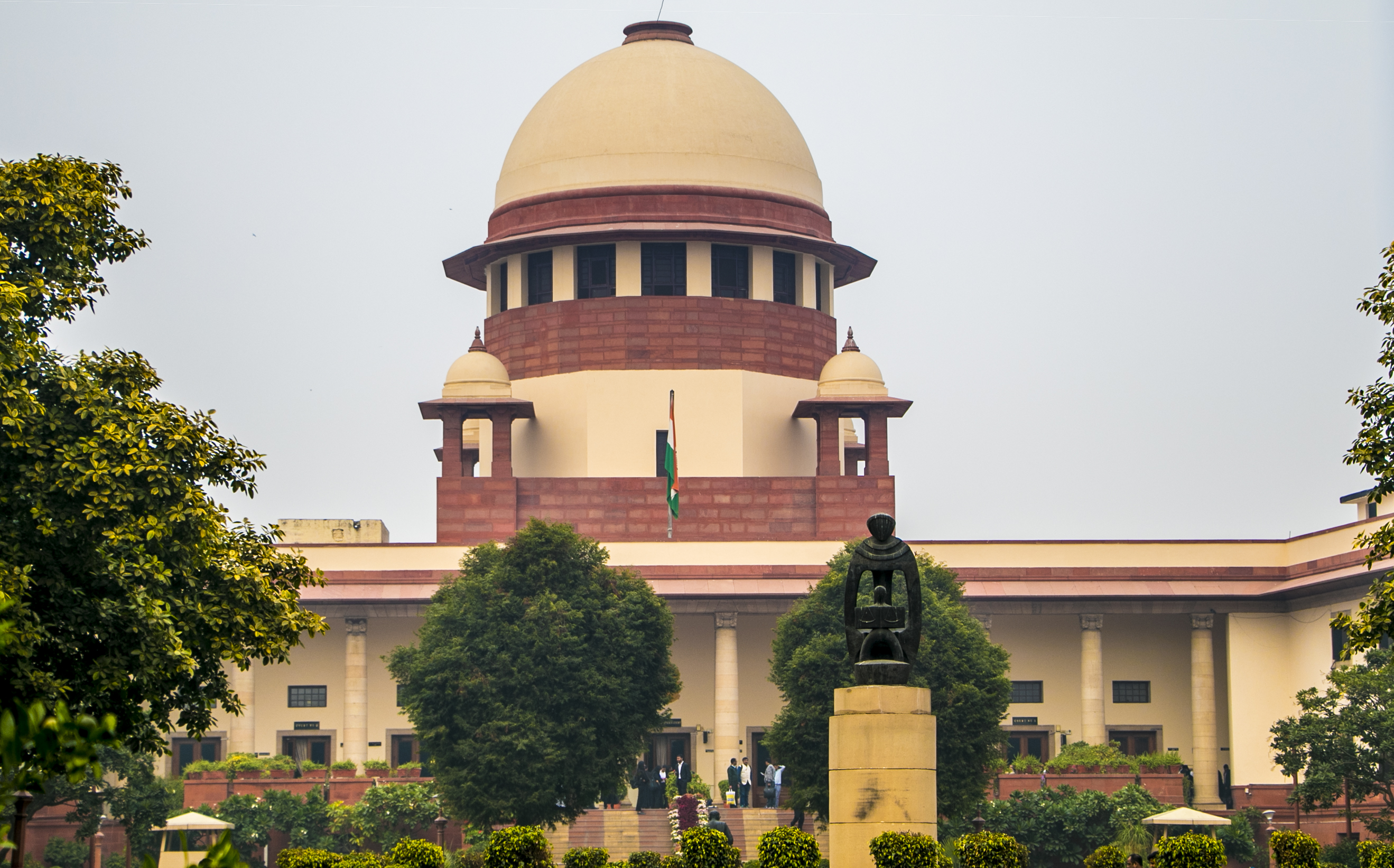Top Court acquits man in 20-yr-old murder case saying it was a case of no evidence as eyewitnesses did not support the prosecution & evidence of recovery was disbelieved
Justices Abhay S. Oka and Ujjal Bhuyan [25-01-2024]

Read Order: Krishan v. State of Haryana[SC-CRIMINAL APPEAL NO. 2351 of 2011]
Tulip Kanth
New Delhi, January 29, 2024: While observing that the evidence of recovery of the weapon at the instance of the appellant-accused couldn’t be accepted as reliable andthe findings created a serious doubt about the truthfulness of the prosecution case, the Supreme Court has quashed a murder conviction.
The present case was about the murder of Pawan and Ajju Chaudhary. According to the prosecution case, in the year 2004, the deceased Pawan went to Rohini to meet his ailing sister Sushila. Dharmender (PW-2), a complainant&brother of the deceased Pawan, had stated that the deceased had fallen into bad company and cases of dacoity and theft were registered against him. He stated that on January 4, 2004, he enquired with his sister, who told him that the deceased Pawan had returned after meeting her. He was informed on the next day that his brother Pawan had been shot dead. Thereafter, the bodies of both the deceased were found by the police.
The prosecution examined a total of 20 witnesses. According to the case of the prosecution, the report of the ballistic expert showed that the bullets recovered from the body of the deceased Pawan were fired from the country-made pistol, which was recovered at the instance of the appellant.
It was argued from the side of the accused that the case of the prosecution was not based on circumstantial evidence but on the eye-witness account of witnesses PW-1 and PW-3. It was submitted that neither of the eyewitnesses supported the prosecution and both were declared hostile. It was urged by the Counsel that in the absence of any independent witness, the recovery of the alleged weapon at the instance of the appellant couldn’t be relied upon.Moreover, the recovery was from an open place accessible to all, and that also happened more than one month after the date of the incident.
The State Counsel submitted that the recovery of the weapon of assault had been proved to have been made at the instance of the appellant. The report of the expert established that the bullet found on the dead body of deceased Pawan could have been fired from the weapon recovered at the instance of the appellant. The counsel also relied upon various precedents to support her contention that conviction can be based on the disclosure and recovery of a weapon at the instance of the accused.
At the outset, the Division Bench of Justice Abhay S. Oka and Justice Ujjal Bhuyannoticed that neither PW-1 nor PW-3 supported the case of the prosecution. Though Memorandum Panchnama of recovery recorded that the weapon was recovered after digging, both PW-15 and PW-20 had not deposed to that effect. It was also observed that both the police witnesses initially stated that no independent witnesses were available, PW-20 stated in his cross-examination that there were public witnesses available who were not found interested.
The recovery was allegedly made one month and four days after the occurrence and the recovery was made from open space in a garden. Thus, the place was easily accessible to many. Moreover, neither PW-15 nor PW20 had stated that the weapon and cartridges were buried underground and were recovered only after digging. Lastly, though independent witnesses were available, they were not made witnesses to the Panchnama made pursuant to the alleged statement made by the appellant. As the recovery of the weapon at the appellant's instance cannot be believed, the decisions relied upon by the learned counsel for the respondent are not significant at all, the Bench held.
According to the prosecution case, on February 9,2004, the appellant led the police party to a place where he had thrown the dead bodies. However, dead bodies were already recovered on January 5, 2004. Therefore, the place from which dead bodies were recovered was known to the police long before the appellant led them there.
“Consequently, it cannot be said that there was a discovery by the appellant of the place where dead bodies were kept. Therefore, that part of the statement of the accused, which records that he would show the place where he had thrown the dead bodies, is not admissible in evidence under Section 27 of the Indian Evidence Act, 1872”, the Bench said.
It was further noticed that the police had not investigated the role played by the said Naresh Yadav, who, according to PW-2, the brother of the deceased, was on inimical terms with the deceased. “When, according to the family of the deceased, Naresh Yadav was the suspect, police ought to have investigated the role played by Naresh Yadav. There is yet another critical aspect of the case. PW-15 and PW-20 have not stated in their examination-in-chief how they became aware that PW-1 and PW-3 were the eyewitnesses”, the Bench remarked.
Observing that the evidence of recovery of the weapon at the instance of the appellant couldn’t be accepted as reliable and the findings recorded above created a serious doubt about the truthfulness of the prosecution case, the Bench opined that the benefit of the doubt must be extended to the appellant. “It can also be said that once the evidence of recovery is disbelieved, it was a case of no evidence as the eyewitnesses did not support the prosecution”, the Bench said.
Thus, allowing the appeal, the Bench acquitted the appellant of the offences alleged against him and directed that he be immediately set at liberty.
Sign up for our weekly newsletter to stay up to date on our product, events featured blog, special offer and all of the exciting things that take place here at Legitquest.




Add a Comment